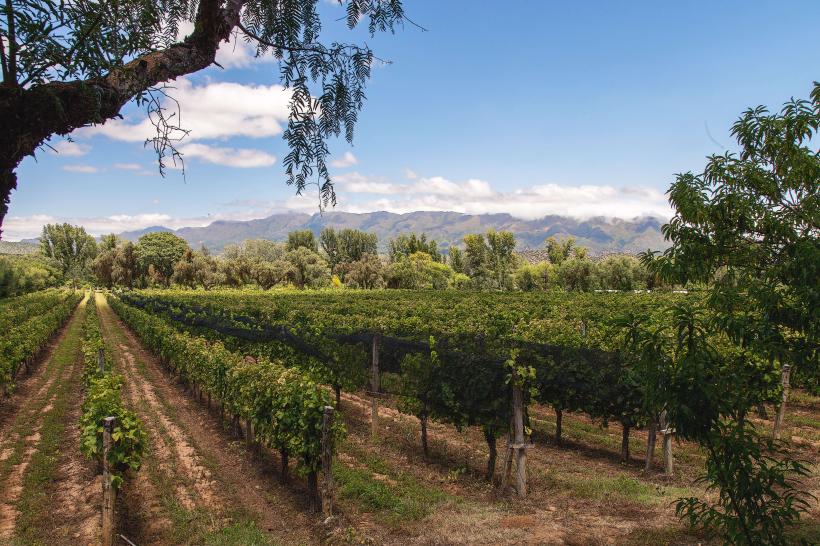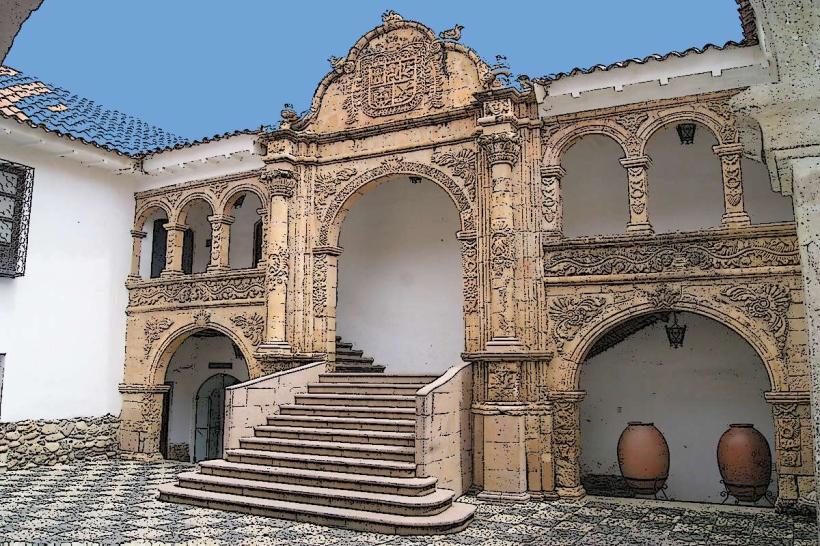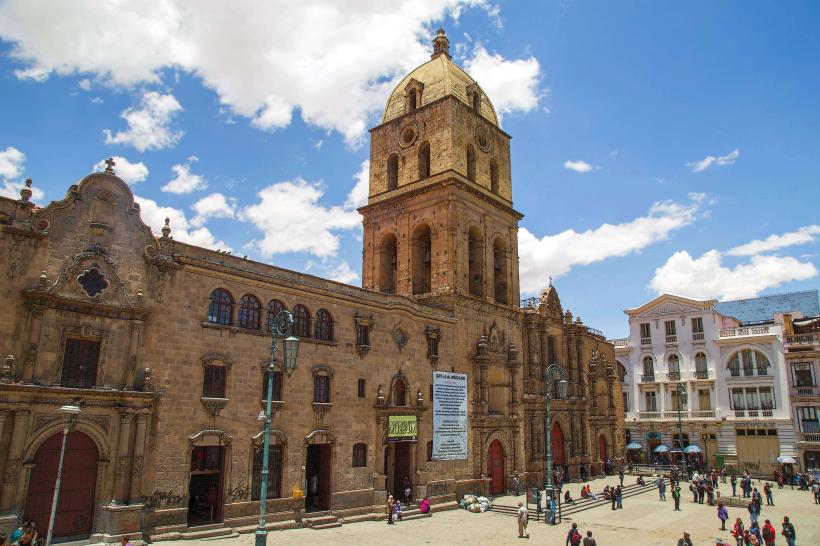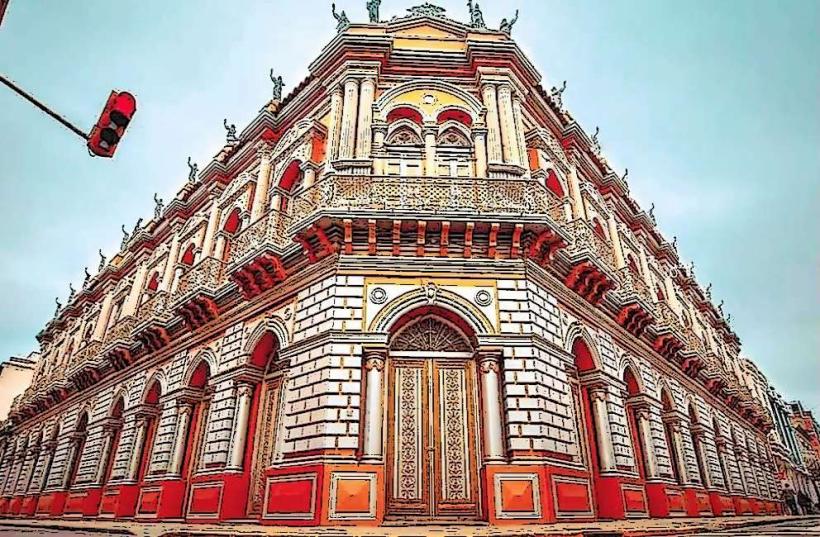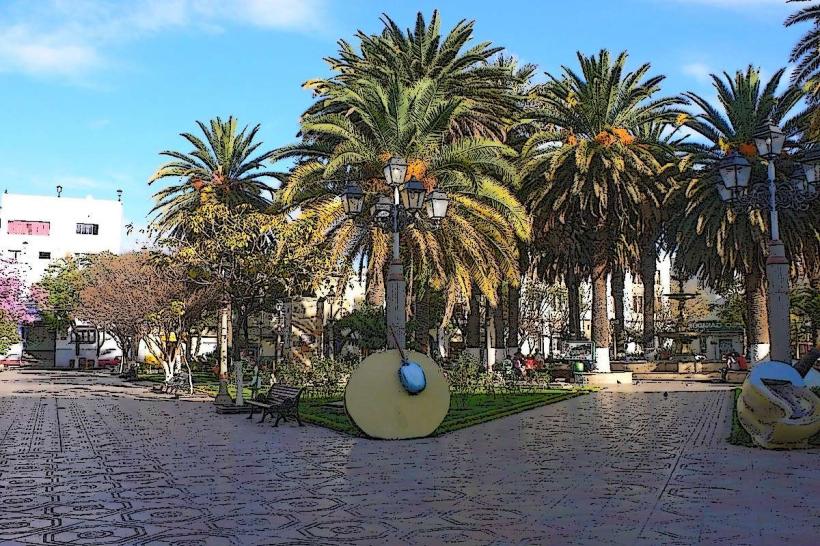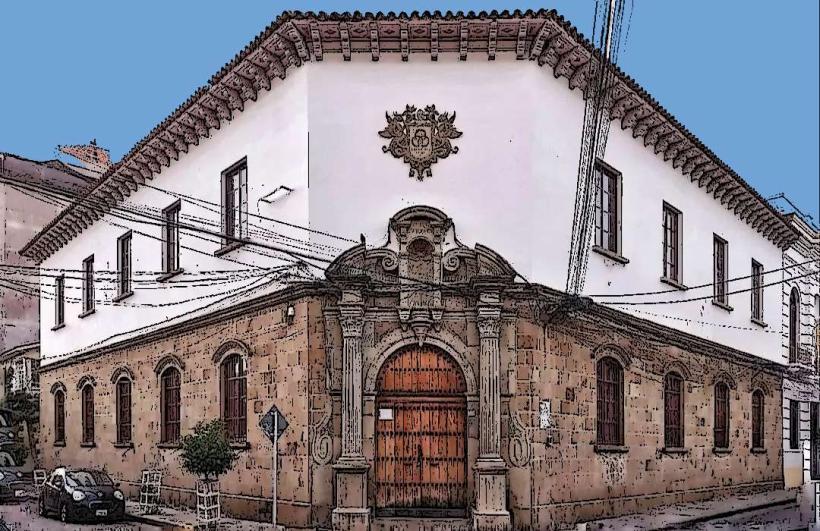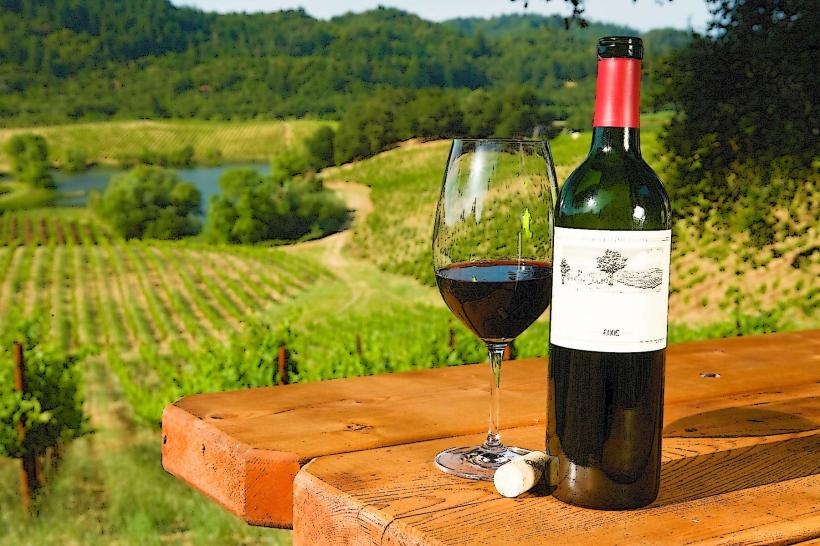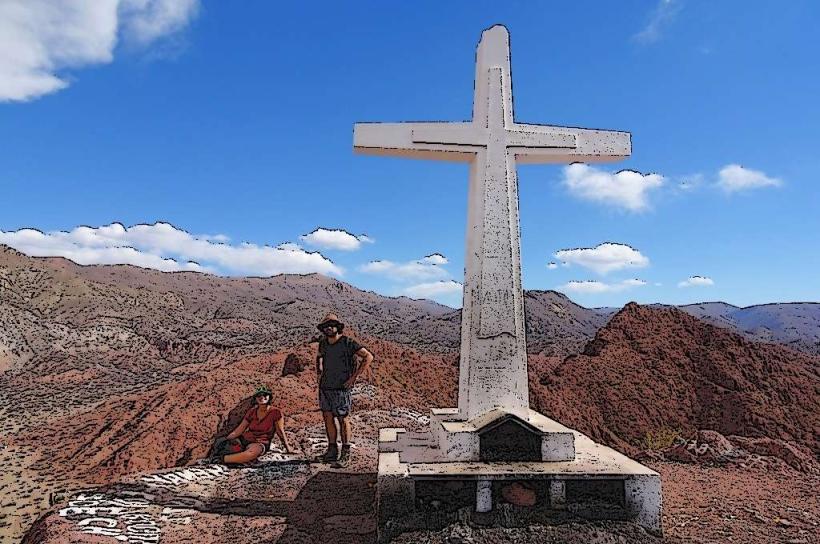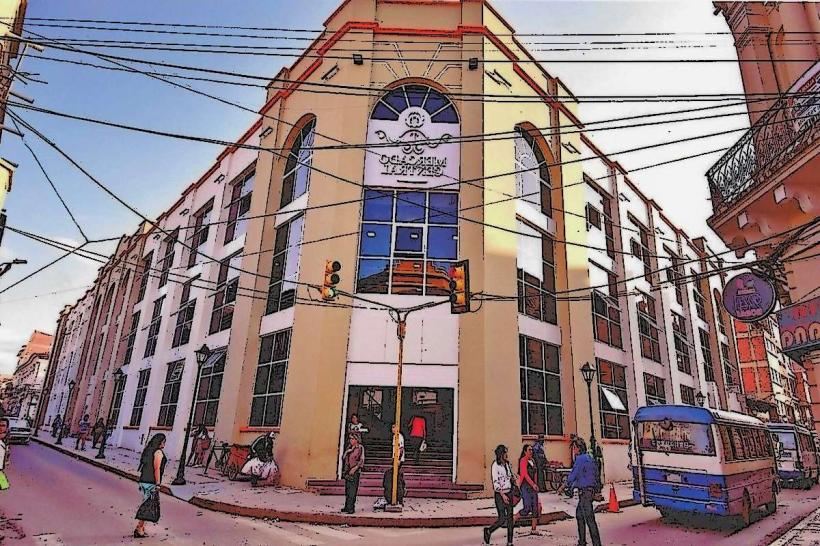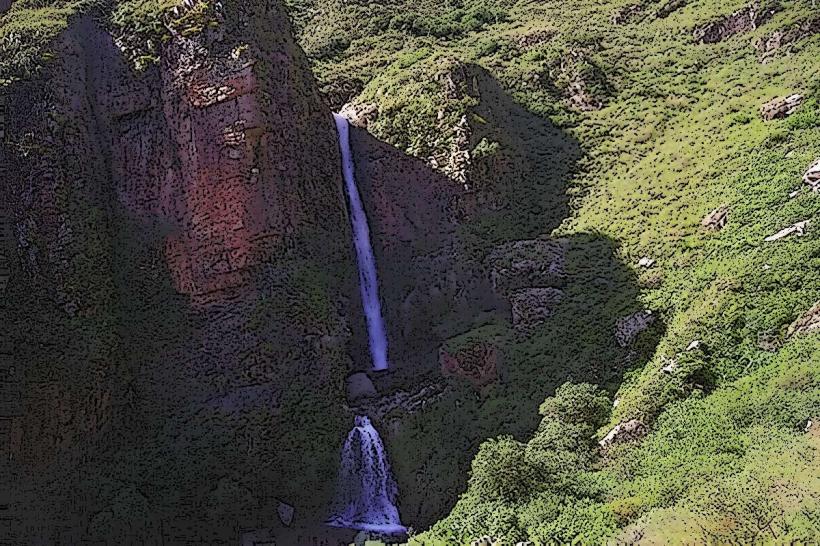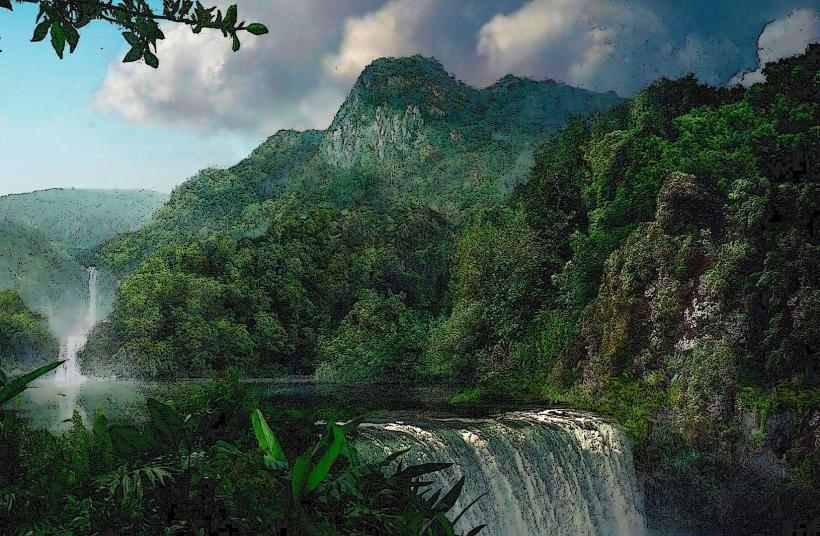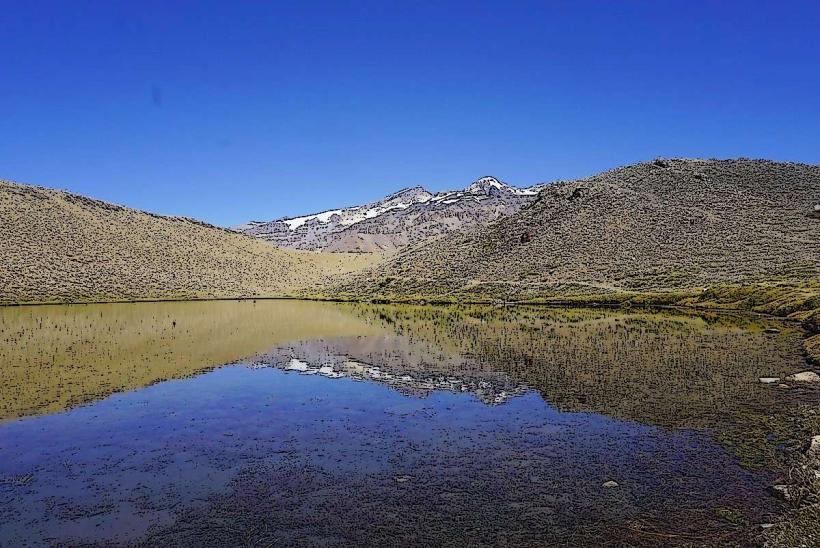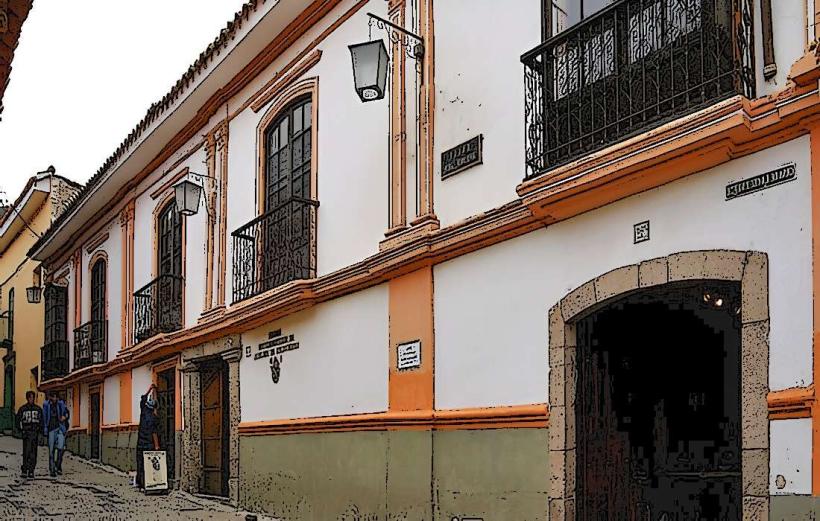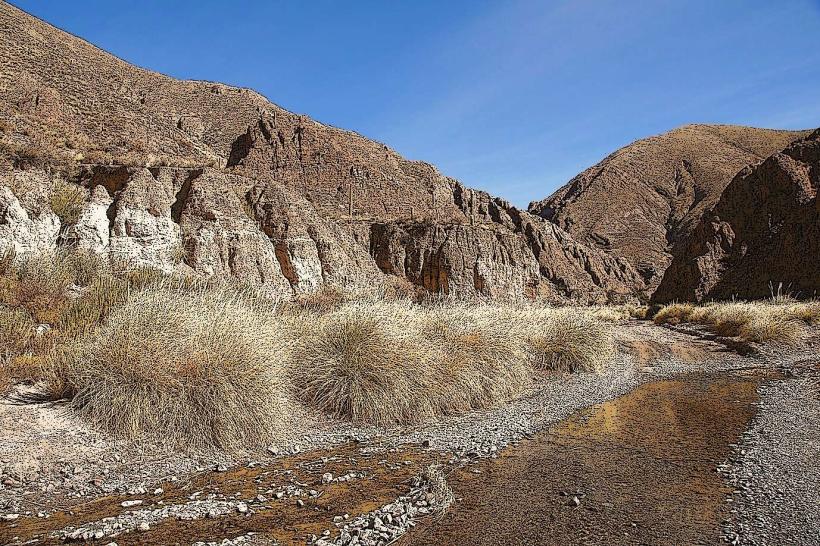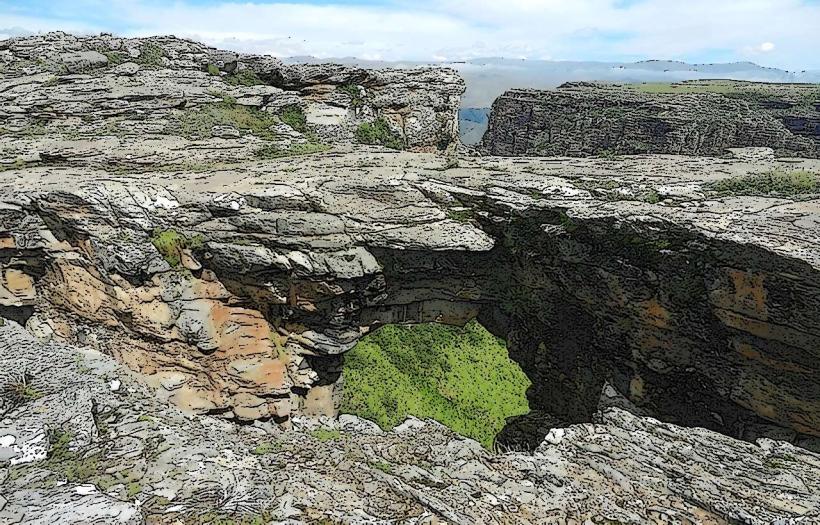Information
Landmark: Parque Nacional Cordillera de SamaCity: Tarija
Country: Bolivia
Continent: South America
Parque Nacional Cordillera de Sama, Tarija, Bolivia, South America
Overview
The Cordillera de Sama National Park and Integrated Natural Management Area, nestled in the Tarija Department of southern Bolivia, is a protected expanse of rugged peaks and high-altitude grasslands, besides spanning 108,500 hectares-about 1,085 square kilometers-it’s home to a striking mix of landscapes, from windswept Andean peaks to sun‑baked valleys and quiet, reed‑fringed wetlands.The park shelters rare wildlife, stretches of breathtaking cliffs, and centuries-aged cultural sites steeped in history, consequently the park sits high in the Cordillera de Sama, a rugged mountain range tucked into the eastern Andes.The elevation stretches from 1,800 meters (5,900 feet) up to more than 4,700 meters (15,400 feet), where the air turns thin and crisp, and the climate shifts as you climb-dry, semi‑arid valleys sprawl below, while wind‑swept Andean grasslands spread across the heights.Just so you know, Rain comes in seasons here, with the heaviest downpours falling between December and March, at the same time the park is home to three main ecosystems, including the High-Andean Puna, found high in the mountains where winds whistle over grasslands, jagged rocks, and clusters of hardy shrubs.Vicuñas graze here, Andean foxes slip through the shadows, and high above, an Andean condor rides the wind, simultaneously in the lower elevations lie the Dry Valleys, where cacti stand among scrublands and tangles of thorny plants, slightly often The wildlife ranges from sleek pumas to armored armadillos, along with birds that have learned to thrive in the dry, sun-baked landscape, after that wetlands and lagoons: The Lagunas de Tajzara, a cluster of shimmering high-altitude salt and freshwater pools, rank among the park’s most treasured features.Oddly enough, Flamingos wade through the shallows here, joined by ducks and a host of other migratory birds, therefore in the Cordillera de Sama National Park, you’ll spot both native and migratory wildlife, from graceful vicuñas-a wild cousin of the llama prized for its soft, fine wool-to countless other species.The Andean condor, among the largest flying birds on Earth, often glides high above the mountains, its broad wings cutting through the thin, crisp air, likewise pumas rule the region’s food chain, yet visitors rarely catch even a glimpse-maybe just a shadow slipping between the rocks.In a way, Andean flamingos, often seen wading through the pale blue waters of the Lagunas de Tajzara, play a vital role in the park’s rich biodiversity, likewise llamas and alpacas are domesticated animals that local communities raise, often for their soft, warm wool.The park holds archaeological treasures from both the Inca and pre-Inca eras, from winding trade paths worn smooth by centuries of footsteps to rock art etched deep into sun-warmed stone, while for generations, Indigenous communities depended on the Lagunas de Tajzara, drawing fresh water from its clear shallows and gathering food along its reed-lined shores.In the hills around town, people still tend their fields, herd goats, and gather for lively Tarijeño festivals, consequently the park draws eco-tourists from near and far, with hiking and trekking trails that wind through rugged mountains, quiet valleys, and misty wetlands.Wildlife watching is a treat in the Lagunas de Tajzara, where flamingos wade through still, pink-tinged water alongside other birds, then photography-these landscapes, from snow-dusted peaks to lagoons shimmering in blues and greens, offer moments you can’t resist capturing.Some spots let you pitch a tent, giving you the chance to wake to birdsong and breathe in the cool morning air, consequently in some areas of the park, deforestation and overgrazing have stripped the ground bare, leaving the soil loose and prone to washing away after rain.Climate change is shrinking the water in the Lagunas de Tajzara, leaving shallow, cracked shores that put local bird populations at risk, alternatively bolivia’s National Service of Protected Areas (SERNAP) protects the park, while teams work to promote sustainable tourism and teach visitors about the environment-sometimes with guided walks where you can hear macaws calling overhead.In short, the Parque Nacional Cordillera de Sama bursts with life and holds the stories of southern Bolivia’s past, from rare orchids waving in the wind to age-aged traditions still alive today, then its rugged mountains, teeming wildlife, and deep history invite travelers to explore one of Bolivia’s most extraordinary natural treasures.Protecting this rare environment still matters deeply, ensuring future generations can hike its quiet trails and hear the wind through the ancient trees.
Author: Tourist Landmarks
Date: 2025-09-18

